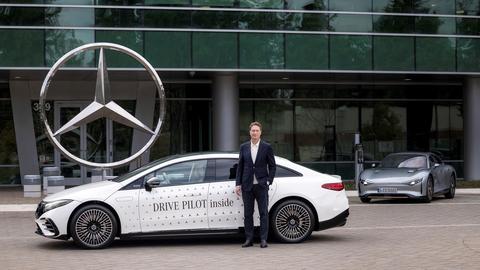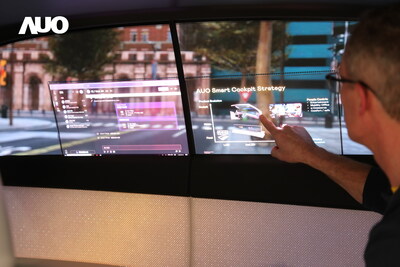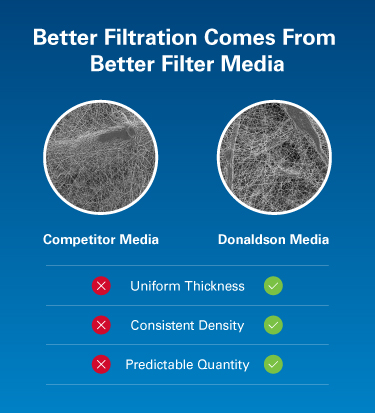
Mercedes-Benz detailed its plans as the architect of its own operating
system MB.OS, which will be introduced mid-decade with the new MMA platform
(Mercedes Modular Architecture). MB.OS is designed and developed in-house to
retain full control over the customer relationship, ensure data privacy, and
to leverage the unique integration of all car functions. Based on a
purpose-built chip-to-cloud architecture, MB.OS benefits from full access to
all vehicle domains: infotainment, automated driving, body & comfort,
driving & charging. This strategic approach allows the world’s most valuable
luxury automotive brand1 to offer its customers a differentiated, superior
product experience.
“At Mercedes-Benz, we are dedicated to building the world’s most desirable
cars. Accordingly, we made the decision to be the architects of our own
operating system – a unique chip-to-cloud architecture that leverages its
full access to our vehicles’ hardware- and software components. By combining
this in-house expertise with a selection of world-class partners, we will
create an outstanding customer experience, from driving assistance,
navigation and entertainment, all the way to integrated charging. MB.OS will
feature full upgradeability and constant improvements.”
Ola Källenius, Chief Executive Officer, Mercedes-Benz
Building a proprietary system – open for partners
MB.OS is designed to connect the major aspects of the company’s value chain,
including development, production, omni-channel commerce and services –
effectively making it an operating system for the entire Mercedes-Benz
business. That’s why the effects of MB.OS range from decoupling development
cycles to enhancing customer lifetime value long after the original car
purchase.
The company created its operating system to be standardized across the
entire vehicle portfolio, fully updateable for rapid product upgrades and
deliberately open for selected partners. While Mercedes-Benz defines and
controls the architecture with its own hardware and software base layer, the
integration of leading technology players grants customers access to
best-in-class services, content and functions.
These MB.OS partners include NVIDIA, which provides its software, data and
AI expertise as well as its Orin system-on-chip to enhance benchmark SAE
Level 2 and Level 3 automated driving systems. Vehicle variants will also be
equipped with next-generation sensors, including Light Detection and Ranging
(LiDAR) sensors from Luminar. Today, Mercedes-Benz announced its most recent
partnership – the new long-term strategic collaboration with Google to
develop and implement a next-generation in-car navigation experience.
Elevating the infotainment experience
Mercedes-Benz will be the first automaker to build its own branded
navigation experience based on new in-car data and navigation capabilities
from the Google Maps Platform – embedded into MB.OS. This aims to give the
luxury carmaker access to Google’s leading geospatial offering, including
real-time and predictive traffic information, automatic rerouting, and more.
To enrich the user experience, drivers will also be able to use the YouTube
app on the infotainment system when parked and while using the DRIVE PILOT
Level 3 conditionally automated driving system, where permitted. In
addition, Mercedes-Benz will give customers access to Place Details provided
by Google, helping them find detailed information about more than 200
million businesses and places around the world, including business hours,
photos, ratings, and reviews. Place Details provided by Google will be
available starting today in all vehicles with the latest generation of MBUX
in applicable markets2.
At the same time, Mercedes-Benz drivers will continue to benefit from the
native integration of essential navigation functionalities, which are
unavailable from off-the-shelf infotainment systems. One example is precise
and reliable range management for electric vehicles. This is only possible
because MB.OS has access to all vehicle data such as state of charge and
energy consumption – underlining the strategic rationale of combining
proprietary assets with selected partnerships.
Mercedes-Benz will further expand its infotainment features with new
partnerships for leading video, gaming and productivity applications. MB.OS
will open up a new dimension of in-car gaming through Antstream for arcade
games. In-car video conferencing solutions will be expanded by adding the
popular services Webex and Zoom. In addition, leading dedicated content from
Tencent will serve the specific customer preferences in China even better.
A precursor to MB.OS will already be available in the new E-Class starting
in 2023 with the third generation of MBUX. A new MBUX API for Android allows
the installation of third-party apps, offering a better user experience
compared to mirrored apps.
Find out more about the new features of the new E-Class and MBUX here.
Advancing automated driving
The next generation of SAE Level 2 automated driving will start in the Entry
segment, leveraging the full potential of machine learning. A comprehensive
set of sensors will be available in the MMA platform, which will also
benefit from new dimensions of processing power. The sensor setup will be
designed to suit the high demands of urban environments, specifically the
presence of pedestrians and dense, complex traffic patterns. Where local
regulations allow, Mercedes-Benz customers will be able to enjoy more
comfort, including hands-free driving while keeping the eyes on the road. In
China, navigation-based system-initiated lane changes will also be
available, based on a map data from the Chinese local partner AMAP.
The company is focusing on Level 3 conditionally automated driving with the
ultimate goal of driving at speeds of up to 130 km/h in its final iteration.
To achieve this, Mercedes-Benz has partnered with NVIDIA to build fully
programmable and updateable driving automation systems. The “driving brain”
of the vehicle is the NVIDIA DRIVE Orin system-on-chip, capable of
conducting 254 trillion operations per second to process data from a suite
of sensors surrounding the vehicle. The system’s “eyes”, also called
perception systems, alongside radar sensors and cameras, are LiDAR sensors
from Mercedes-Benz partner Luminar. Luminar’s next-generation IRIS sensor
can recognize even small objects with low reflectivity in the infrared
spectrum. Additional redundancy in sensing modalities will ensure that the
system meets the highest Mercedes-Benz safety standards.
In China, Mercedes-Benz is engaging in a local cloud partnership with
Tencent to support its automated driving systems. An enriched UI for
automated driving functions including an advanced lane-level map view is
planned.
Find out more about Mercedes-Benz conditionally automated driving features
here.
Offering flexible upgrades
The technological foundation of MB.OS further enhances the opportunities for
software-enabled upgrades. The Mercedes-Benz Operating System decouples
hardware from software, allowing for faster innovation cycles, increasing
the flexibility and speed of updates. Within MB.OS, everything will be fully
connectable through the Mercedes-Benz Intelligent Cloud. This provides the
basis for connected services for the entire vehicle fleet and allows
Mercedes-Benz to protect and leverage customer data, as the company retains
full control over all critical infrastructure.
Mercedes-Benz will offer new services that are more personalized and
convenient, thanks to the Mercedes me ID, which connects all
customer-related information: from purchase and financing to service
appointments right through to charging and payment data. It allows customers
to connect with Mercedes-Benz, personalize their settings and profiles and
receive offers tailored to their specific needs.
To simplify the customer experience, personalized services and upgrades will
translate into three convenient bundles: MB.CONNECT, MB.CHARGE, MB.DRIVE3.
Vehicle functions such as Navigation, Remote, Guard 360°, Entertainment and
Communication, as well as many others, will be united in the MB.CONNECT
bundle – and kept up to date via over-the-air updates. With MB.CHARGE,
electric vehicle customers will have access to flexible and attractive
tariffs depending on how much they drive. MB.CHARGE provides maximum
transparency thanks to fixed-price charging rates as well as priority access
to the Mercedes-Benz high-power charging network.
With MB.DRIVE, customers will have the chance to expand the functions of
advanced driver assistance systems in their cars. All new models will have
the necessary sensing technology on board to enable Level 2 assisted
driving. Selected models can be ordered with enhanced assisted driving or
Level 3 conditionally automated driving with a fixed-term contract. From
2025 onwards, certain functionalities can be upgraded over the vehicle
lifecycle through the Mercedes me Store. To explore new functions and make
purchases, customers can access the Mercedes me Store via app, the web or
from inside the car.
Unlocking financial opportunity
The company is confident that this strategic approach to software and
hardware development will be the basis for lifetime revenues as well as
additional contributions. Already in 2022, Mercedes-Benz generated more than
1 billion euro in software-enabled revenues with products and services such
as navigation, Live Traffic or online map updates.
Further down the road, the company expects total software-enabled revenues
coming from MB.CONNECT and MB.DRIVE to grow to a low-to-mid single-digit
billion euro figure by mid-decade; evolving to a high single-digit billion
euro figure by the end of the decade. As of today, the company is on track
to exceed its own goal of 1 billion euro EBIT from digital services in 2025,
which is already part of the existing profit targets.
Software will become a substantial part of the company’s product development
process and investment plan, with 25 percent of R&D budget allocated to
software by mid-decade. The Group’s midterm investment reduction goals will
not be affected














More Stories
AUO Returning to CES Showcase Next Generation Smart Cockpit 2025
Donaldson Ultra-Web technology aims to set the standard in industrial filtration for cleaner air and cost-savings
Hydrogen’s Role in Decarbonising Sports and Entertainment Events